Directly hit the 11th Senior Industry Summit 25 Lithium battery big coffees offer ideas for power manufacturing
- Time of issue:2021-01-15
Directly hit the 11th Senior Industry Summit 25 Lithium battery big coffees offer ideas for power manufacturing
(Summary description)On May 21, the eleventh High-tech Lithium Battery Industry Summit, an authoritative platform in the lithium battery industry, was grandly held at the Four Seasons Hotel Shenzhen (opposite the Convention and Exhibition Center). The site attracted materials, equipment, batteries, BMS, PACK, and vehicles. More than 700 senior executives from the new energy automobile industry chain participated in it.
- Time of issue:2021-01-15
- Views:
On May 21, the eleventh High-tech Lithium Battery Industry Summit, an authoritative platform in the lithium battery industry, was grandly held at the Four Seasons Hotel Shenzhen (opposite the Convention and Exhibition Center). The site attracted materials, equipment, batteries, BMS, PACK, and vehicles. More than 700 senior executives from the new energy automobile industry chain participated in it.
The ups and downs of the industry are erratic, and the success or failure of enterprises has the theorem.
On May 21, the eleventh High-tech Lithium Battery Industry Summit, an authoritative platform in the lithium battery industry, was grandly held at the Four Seasons Hotel Shenzhen (opposite the Convention and Exhibition Center). The site attracted materials, equipment, batteries, BMS, PACK, and vehicles. More than 700 senior executives from the new energy automobile industry chain participated in it. At the beginning of the speech, Dr. Zhang Xiaofei, Chairman of Gaogong Lithium Battery, gave the above-mentioned keynote speech.
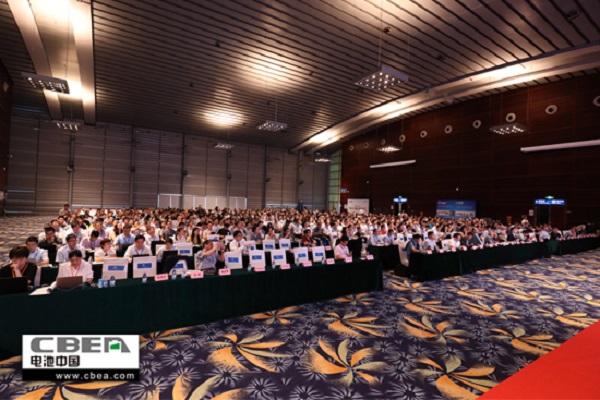
▲第十一届高工锂电产业峰会现场
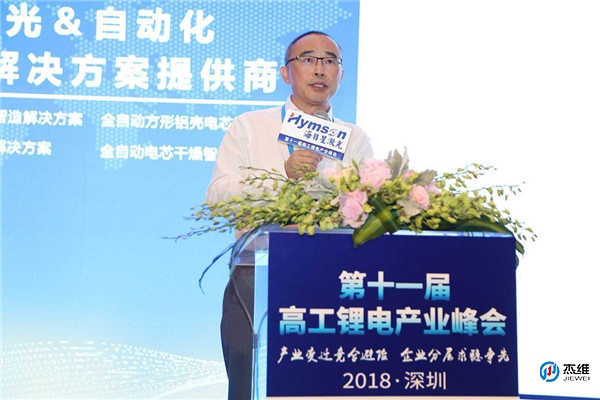
▲高工锂电董事长张小飞博士
In Zhang Xiaofei's view, the current competitive landscape of power batteries is not normal. Judging from the data on the installed capacity of power batteries, everything else will change except for CATL and BYD. At the same time, the entire supply chain is facing prominent phenomena such as large fluctuations in raw material prices, large fluctuations in the gross profit of industrial chain product prices, and forced decline in power battery prices.
In addition to product prices and gross profit, the industry chain has generally extended accounting periods and high accounts receivable, which has been widely criticized by industry professionals. "The capital situation in the industry can be summarized as'there is money on the table' and'the bank has no money'." Zhang Xiaofei said that under the severe industry situation, the once-hot industry expansion and mergers and acquisitions cases have been significantly cooled, and the overall situation has become Very cautious.
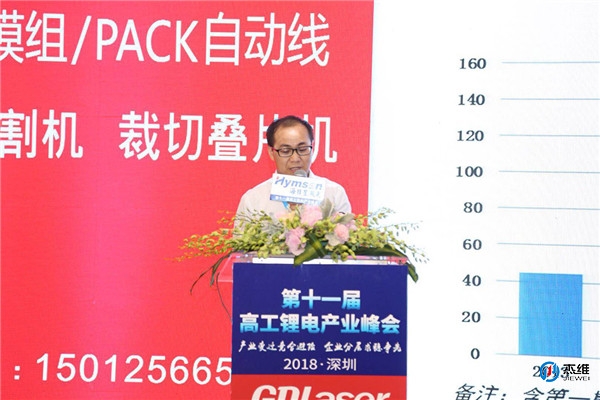
Gao Xiaobing, director of GGII, said that the power battery industry is facing two important tasks in 2018:
The first is to improve product performance under the premise of ensuring safety performance. Among them, energy density, cycle life, and fast charging performance are currently the key performance improvements. High-capacity materials have become the main point of improvement, such as high-nickel ternary materials and silicon-carbon materials;
The second is to reduce costs, mainly from the following four aspects: 1. Reduce battery cell capacity costs by increasing battery energy density, optimizing processes, and improving yield; 2. Forcing material companies to reduce prices, such as separator prices in Q1 2018 The chain ratio is reduced by more than 20%; 3. Improve production efficiency and reduce the investment intensity of battery per unit capacity; 4. Reduce battery size specifications and achieve size standardization.
In fact, some battery companies have figured out their own set of strategies, strategically "maintaining quality and innovating", and "improving quality and reducing costs" in production. At the same time, material companies and equipment companies are actively innovating product technologies and offering suggestions for intelligent manufacturing of power batteries.
At this summit, BYD car companies, Xinwangda, Tianjin, Thornton, Shuangdeng, Hualiyuan, Guoxuan High-tech, Wuhan Hydrogen, Zhongtian Energy Storage and other battery companies, Haimenxing, Everbright, and Li 23 industry chain companies including Yuanheng, Jie Chuangjia, Orient, Today International, Leiyu, Xuantong, Mingguan, Snow, Saideli, Tefeng New Materials, Xuran Electronics, and Zhongke Laifang Guan delivered a keynote speech. Let's look at the insights and wonderful speeches of these corporate executives:
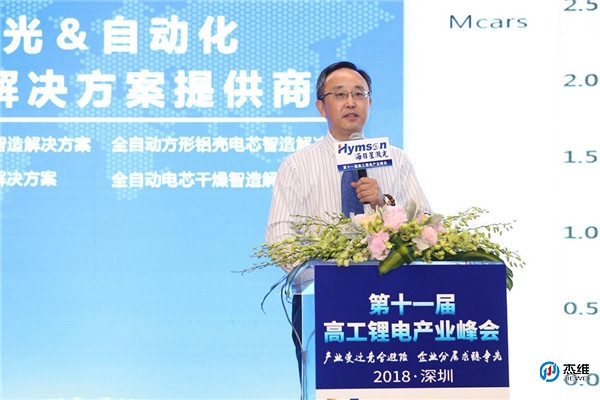
Liang Rui, vice president of Xinwangda, said that the three new trends in the new energy automobile industry are worth noting: one is the operating platform, which uses terminal channels to order electric vehicles, which poses challenging requirements for quality assurance and cost; and the other is charging facilities. Benefit from the key support of national and local policies to promote the popularization of electric vehicles, and the value of resources continues to increase; third, power batteries will be transformed into an economically efficient industry, and after-sales service of electric vehicles has become a more important position.
Xinwangda has achieved rapid development in the past few years, with an increase of 75% from 2016 to 2017, and has established a strategic plan for power batteries, focusing on raw materials, battery materials, batteries, BMS, and PACK. At the same time, a long-term capacity plan has been formulated. In the follow-up, we will continue to focus on the value needs of customers and build core competitiveness.
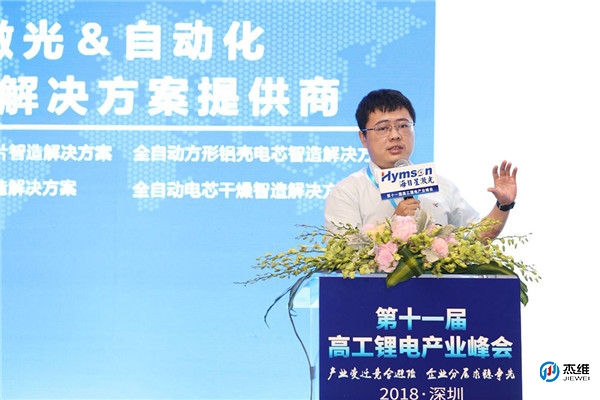
In his speech, Peng Gangrou made a detailed comparison of the square, cylindrical, and soft package technical routes.
Peng Gangrou, deputy dean of Tianjin Research Institute, said that the application opportunities of soft-pack batteries are concentrated in three aspects: size matching, flexible adaptation, performance and safety. Especially in terms of thermal safety, Tianjin has accurately described the thermal runaway process based on theoretical and experimental analysis, and designed related thermal runaway solutions.
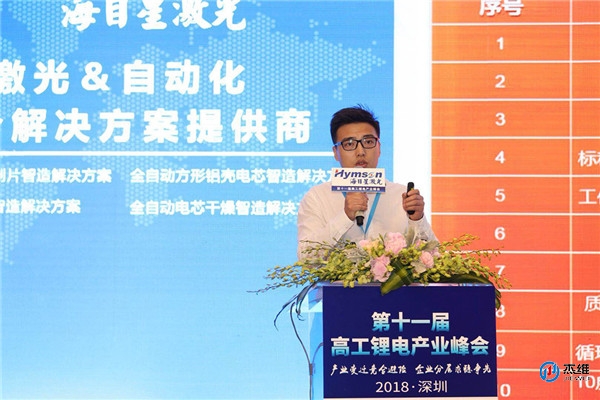
Xiao Bo, sales director of Hualiyuan, said that in order to increase the energy density of the battery system and reduce the number of cells, thereby reducing costs, whether it is square, cylindrical or soft pack batteries, there is a development trend of increasing the size of single cells. It is more obvious that there is a phenomenon of upgrading from 18650 to 21700/26650 in the field of cylindrical batteries.
Hualiyuan chose the latter 26650 model to upgrade the cylindrical lithium battery. Multi-party experiments verified that the size of the 26650 model is more suitable for the best upgrade model of the current new energy development stage. Its model is the most cost-effective battery among the three-element cylindrical batteries. Sony created 18650, Panasonic set off a wave of 21700, Hualiyuan will soon lead the 26650 into the room, become China's battery model, and become the pride of the Chinese people.
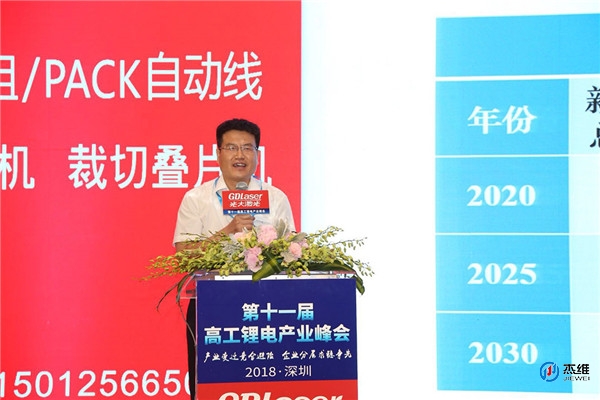
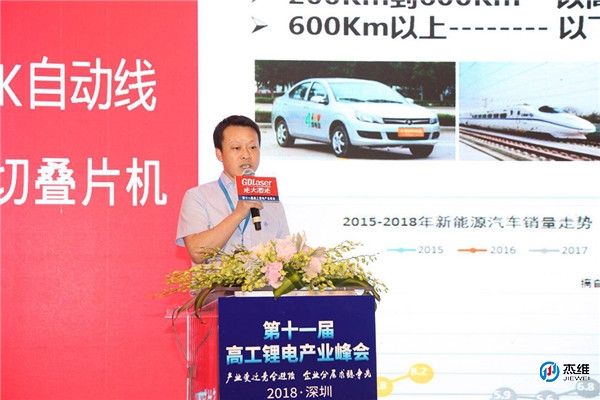
Dr. Yang Xulai, deputy dean of Guoxuan High-tech Engineering Research Institute, said in his speech that from the perspective of the power battery industry last year and the first quarter of this year, the market concentration has begun to become more and more concentrated, with the top six accounting for 80% of the market. Share, the market shuffle began, the tide began to recede, naked swimmers can already see the clues.
The development trend of battery cells presents the characteristics of "tall and big". The energy density is getting higher and higher, and the specifications are going larger. As a result, the cruising range of electric vehicles has increased. However, attention should be paid to the safety issues caused by this. Due to cost pressures, special vehicles have reversed from ternary to lithium iron phosphate. In passenger cars, the trend of cobalt removal is obvious, and the application of high-nickel materials has begun to accelerate.
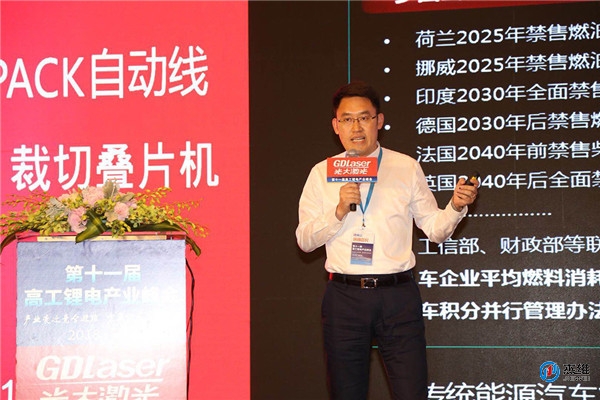
Yang Xiaowei, executive vice president of Thornton New Energy, said that the automotive industry is undergoing changes in electrification, intelligence, connectivity, and sharing, and electrification plays a key role in it.
One is that it can completely change the catch-up mode that is step by step and realize the "change of lanes and overtaking" in the auto industry; the second is to leave environmental dividends and create new business formats; the third is that the replacement of fuel by lithium batteries is not only a change in vehicle driving energy, but also a renewal of transportation. Definition; The fourth is to promote the progress of energy storage technology and improve the energy structure. At the same time, electrification plays a key role in the realization of intelligence, connectivity and sharing.
Yang Xiaowei introduced that the new energy business of Sangde Group is centered on batteries (Thornton New Energy), synergistic battery management system (Udan Technology), electric drive system (Yipu Electric), and intelligent monitoring platform for Internet of Vehicles (Smart Cloud) , Parking and charging (Sunder Wireless), energy storage (Sunder Smart Energy), battery recycling and material regeneration (Hongjie Technology), and work with Sangde New Sanitation, 66 Micro Cargo, etc., to form an open and integrated new energy Industry chain cycle diagram
。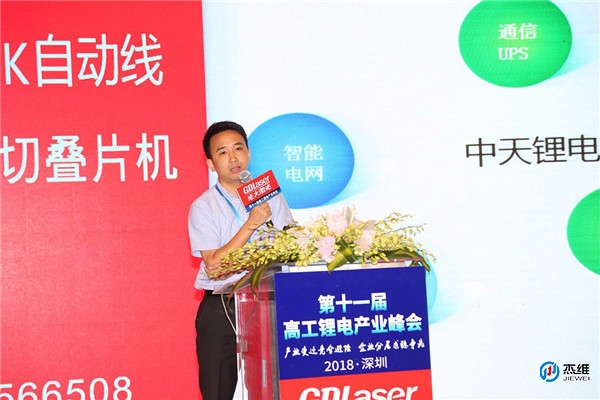
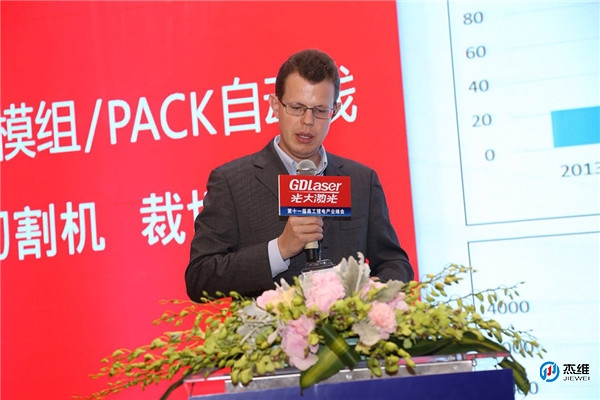
"China’s new energy vehicle development route plan was proposed in 2012, and it has grown to one million vehicles in just a few years. The fuel cell industry development route and related plans are later than the release of the pure electric policy, but they will also be driven by subsidies. The process of industry development, related subsidies and policies have just begun." Jiang Haike, vice president of Wuhan Hydrogen Marketing, believes that China's fuel cell development prospects are huge in the future.
However, the biggest bottleneck encountered in the development of fuel cell vehicles is the supply of hydrogen and how to improve the efficiency of storage and transportation. In addition, the mainstream abroad is high-voltage stacks, which are mainly used as the main driving force of fuel cell vehicles. However, due to the limitation of the domestic technology level, the current mainstream of stacks is medium voltage as the extended range mode of fuel cell vehicles, and the reliability of stacks needs to be further improved in the future.
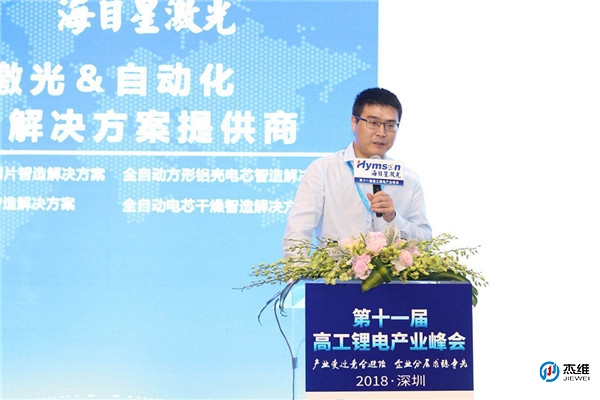
Xiao Haiping, the public relations director of BYD's commercial vehicle business group, introduced that BYD's pure electric trucks have been launched in the country with more than 2,000 units and have been operating stably for nearly three years. Has reached strategic cooperation with DHL, UPS, Beijing Environmental Sanitation Group, State Grid, etc., and put them into operation in batches; 10 Q1 tractors put into operation in Shenzhen in early 2017, between the BYD Guangdong Industrial Park, the maximum mileage of bicycles has exceeded 70,000 kilometers.
In terms of power batteries, BYD's battery capacity that can be put into use in 2018 reached 28GWh, and will increase to 40GWh in 2019 and 46GWh in 2020.
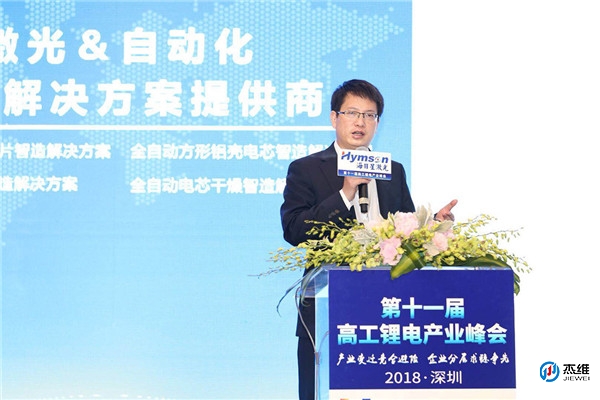
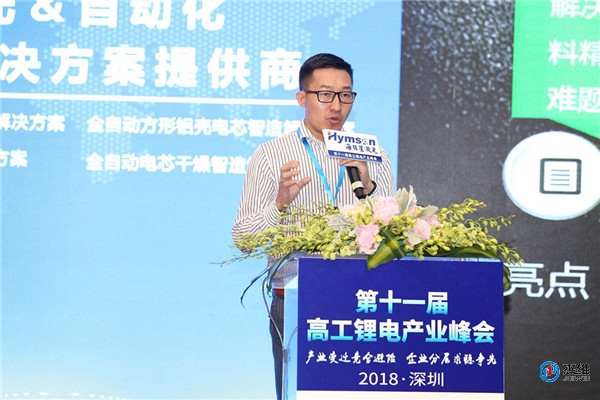
Shen Guancheng, deputy general manager of Orient, said that the current power battery manufacturing is continuously upgraded, and the dry mixing process is generally implemented. The challenges brought by this are: accurate measurement, slurry residue, slurry pollution, electrochemical performance decline, and dispersion speed. It causes problems such as high temperature and iron removal filtration.
In solving the problem of slurry cleaning and scrapping, Orient first introduced a solution that only takes 20 minutes to clean 650L equipment, which saves 400% of cleaning time and improves equipment utilization. At the same time, the cleaned slurry will not be hydrolyzed and can be re-weighed for use, realizing zero waste of slurry cost.
。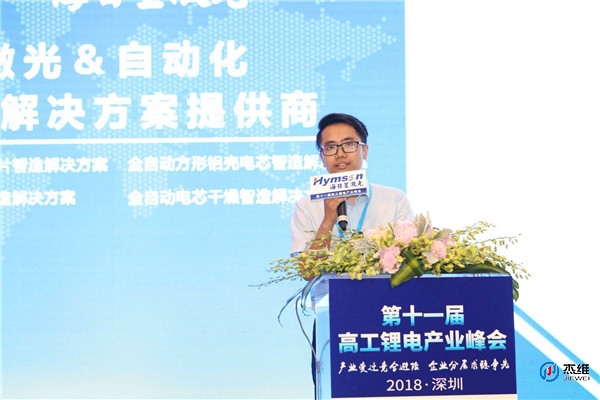
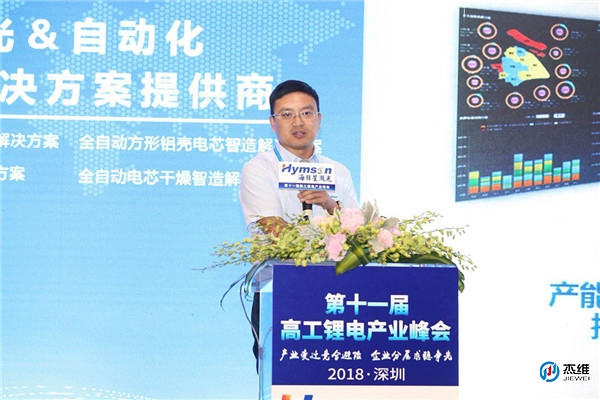
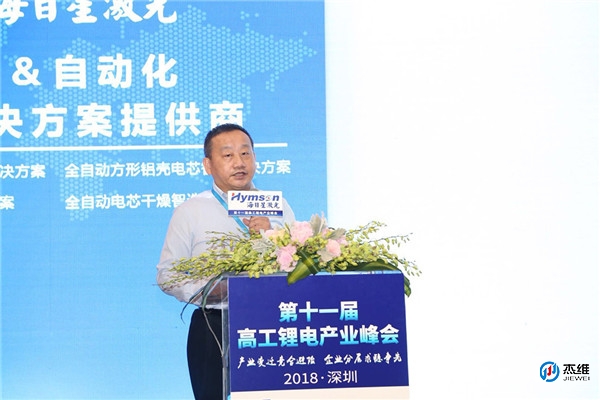
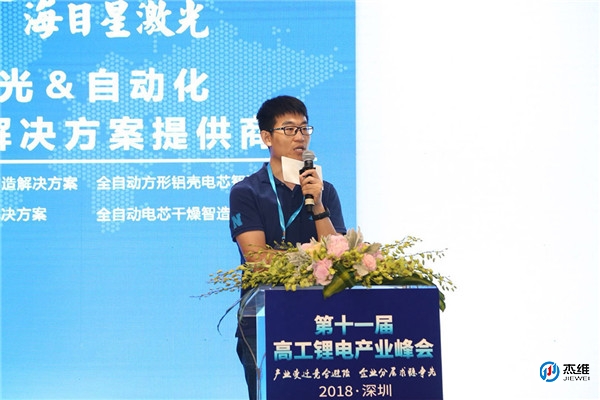
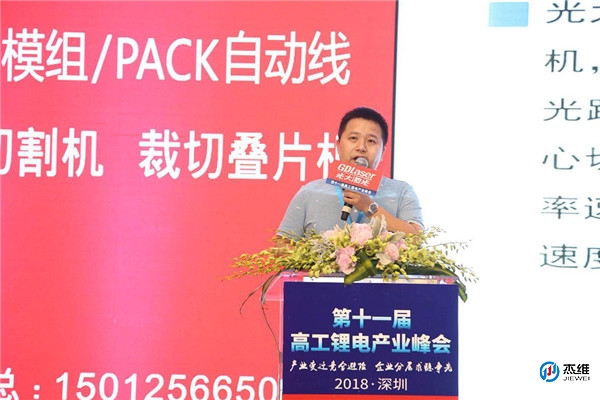
Lu Xiaobing, deputy general manager of Everbright Laser, said that compared with traditional die cutting, lug laser cutting has the characteristics of no consumables, fast speed, high flexibility, strong adaptability, and high cutting quality, which can reduce manufacturing costs, improve production efficiency, and greatly Shorten the cycle of trial cutting of new products, and at the same time, it can be applied to products of different types and specifications.
Everbright Laser is the key equipment of the battery cell assembly automatic line, the "lug laser cutting machine". It is used for the lug forming of the battery pole piece. It has strong adaptability (it can be used for lug cutting of different shapes) and fast cutting speed (≥60m/ min), small burrs (≤7μm) and small cutting heat affected zone, which are in the international advanced level.
。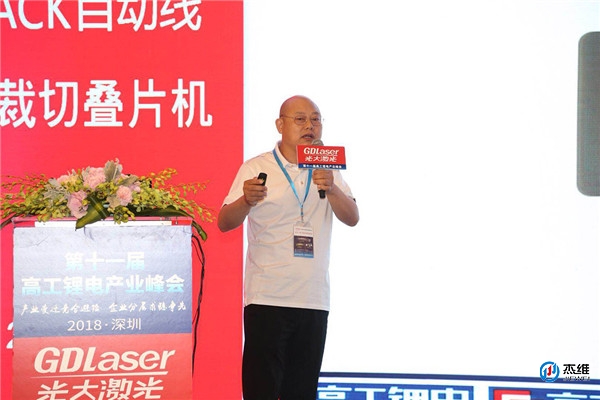
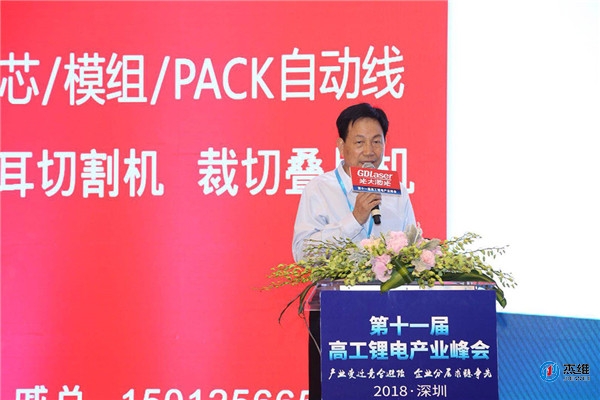
Cheng Zhixiong, general manager of Xuantong Technology, said that Xuantong Technology is developing a fast-changing, compatible with direct charging water sports system, which is suitable for city ferry, transportation, aquaculture, freight, fast sports, leisure vacation, water surface living, etc.
At present, the company has overcome the problem of water swapping. The feasibility plan of its water swapping boat transportation system consists of battery swapping electric boats (a combination boat that can change power battery packs in dynamic or static conditions)-water charging and swapping stations - Operation management center, which together form a transportation management system within a specific water surface area. The main obstacles currently hindering the large-scale application of water exchange systems are the high price and high cost of lithium-ion batteries.
Material company-technological innovation
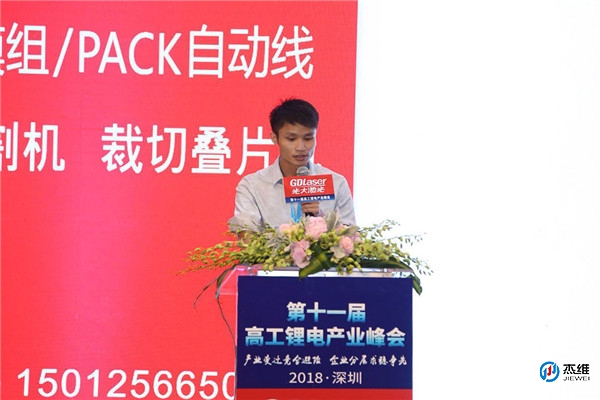
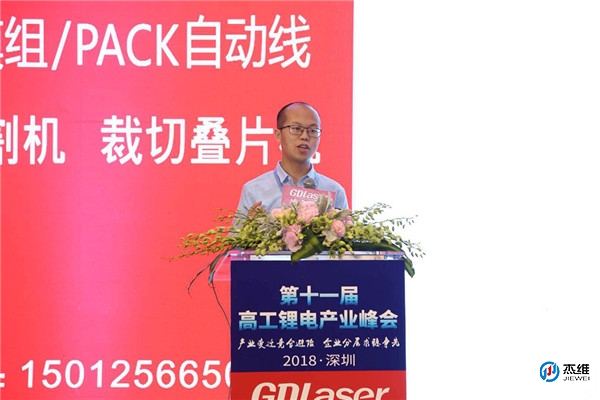
Du Hongchang, chief engineer of China Branch, said that the positive and negative materials and conductive agents are both inorganic powders, and a polymer binder is required to firmly bond the positive and negative materials and conductive agents to the metal current collector to form the positive and negative of the battery. Pole pole piece. The amount of binder used in the positive and negative plates is very small, but it will have a significant impact on the internal resistance, first effect, rate, high temperature and other properties of the battery.
At present, the positive electrode mainly uses the oil-based binder PVDF, which needs to be added to the NMP solvent for use; while the negative electrode mainly uses the water-based binder, the water-based binder is divided into the polyacrylic acid system represented by the LA series and the SBR Emulsion is a representative styrene butadiene rubber system.
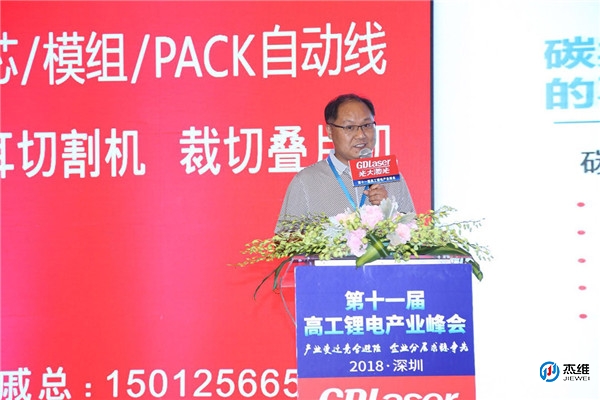
Liao Xiangyang, general manager of Tefeng New Materials, said that lithium titanate has significant advantages such as high safety, good cycle stability, long life, high rate performance, wide temperature adaptability, abundant resources and large-scale production. However, lithium titanate also has disadvantages such as low specific energy density and relatively expensive price relative to graphite. In response to the problem of pain points, Tefeng New Materials is solving it through technical advantages and industrial layout.
Tefeng New Materials will combine capital with titanium dioxide factories and downstream companies to deploy lithium titanate with the entire industrial chain of titanium sources. The performance of the titanium source determines the choice of lithium titanate lithium source, lithium source consumption, sintering energy consumption, etc. All cost-related factors, so the manufacturing cost of Tefeng New Materials will be much lower than the current industry level.
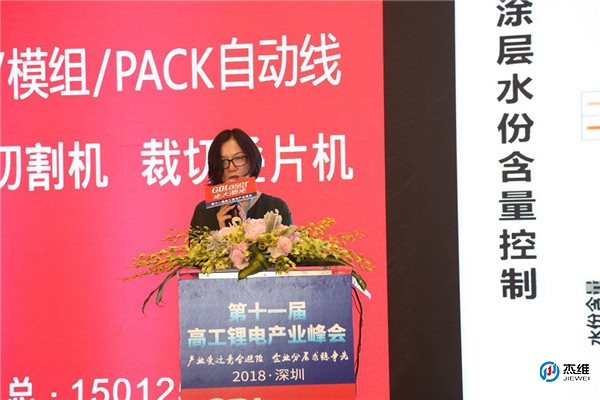
According to Wang Jing, Vice President of Xuran, Xuran is one of the first companies in China to start diaphragm coating business, and its products are positioned in the high-end diaphragm market. In response to different product customers and market needs, the company continues to conduct research and development on the performance and use of diaphragms, and launches different series of diaphragm products: First, it has an ultra-thin coating capacity, covering 5-20um, and the coating is 1-6um. The second is that the product has obvious advantages in terms of tensile strength, acupuncture strength, thermal shock, and fast charging.
Among them, Xuran's E30, E31 and other series products adopt the "ceramic + PVDF" mixed coating technology, which has a wide process window and strong applicability. The moisture content of the coating is controlled within 300PPM, and the coating has a compression ratio of 50% (compression ratio). The higher, the more space can be reserved for the battery to accommodate active materials). In particular, it is worth mentioning that E31 products can withstand the thermal shock of 1-5 hours at 130°C, with a very high safety factor.
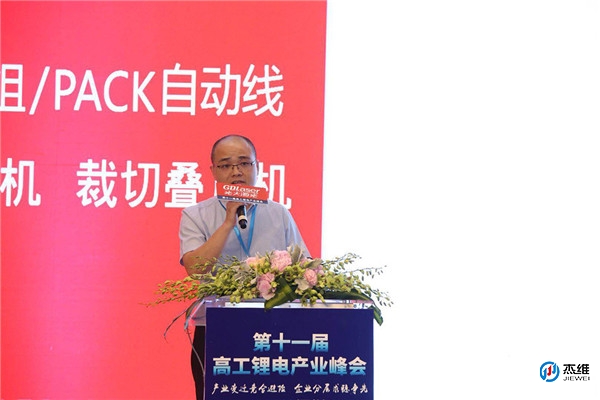
Copyright © 2020 Shenzhen Jiewei Industrial Equipment Co., Ltd.All rights reserved
